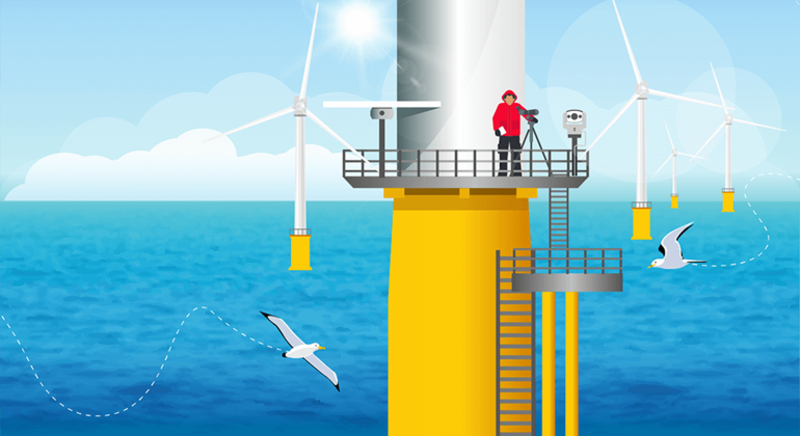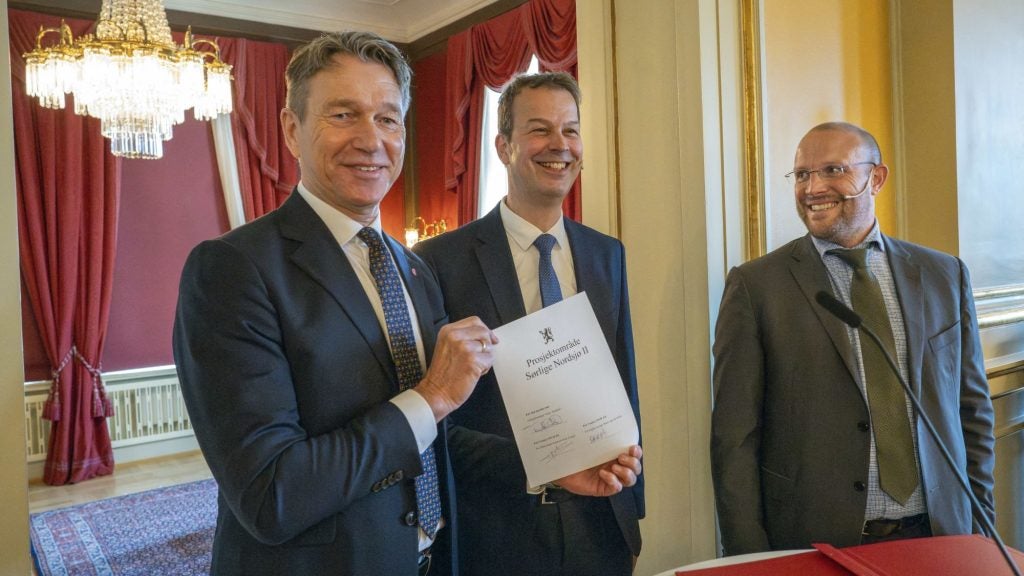
The Offshore Renewables Joint Industry Programme (ORJIP) has released a report after carrying out a comprehensive investigation on seabird behaviour and collision risk around offshore wind farms.
Managed by the Carbon Trust, the multimillion-pound Bird Collision Avoidance Study was funded by the UK Government and commissioned by 11 offshore wind developers, The Crown Estate, The Crown Estate Scotland, and Marine Scotland.
The investigation team used a multi-sensor monitoring system for the study, as well as combined human observer-based tracking with a system that automatically recorded seabird movements at a working offshore wind farm in the English Channel.
The team also used radars to record data 24 hours a day for two years.
Carbon Trust offshore wind director Jan Matthiesen said: “Today marks the result of four years of collaborative work from a range of stakeholders, all focused on bridging the gap between the theoretical and real understanding of how birds behave around an operational offshore wind farm.
“In March 2018, offshore wind generated 12% of the UK’s total energy, its highest contribution to date.
How well do you really know your competitors?
Access the most comprehensive Company Profiles on the market, powered by GlobalData. Save hours of research. Gain competitive edge.

Thank you!
Your download email will arrive shortly
Not ready to buy yet? Download a free sample
We are confident about the unique quality of our Company Profiles. However, we want you to make the most beneficial decision for your business, so we offer a free sample that you can download by submitting the below form
By GlobalData“ORJIP Offshore Wind has been designed to help contribute to the environmental evidence base to pave the way for a sustainable rollout of UK offshore wind. This study marks a significant step forward on this journey.”
During the two-year study, investigation teams collected more than 600,000 videos that were recorded at a representative area near Vattenfall’s Thanet offshore wind farm.
The videos contained 12,131 evidences of bird activities, of which only six collisions with turbines were observed.
By analysing the videos, the research team identified that the collision risk of seabirds with wind turbines was less than half than what they anticipated earlier.
The study indicated that the seabirds exhibited avoidance behaviour and changed their flight path to avoid the turbines.
Additionally, the Bird Collision Avoidance Study also received support from leading ornithologists and environmental advisers in the UK and Northern Europe, including Natural England and The Royal Society for the Protection of Birds (RSPB).
RSPB senior conservation scientist Dr Aly McCluskie said: “There is currently much uncertainty in our understanding of how birds behave in the vicinity of wind turbines.
“The ORJIP bird collision project has collected an unprecedented amount of data on the behaviour of seabirds in and around an offshore wind farm. These data and the project report form an excellent basis for future discussion and debate.
“The project has been a collaboration involving industry, government agencies and seabird specialists and as such is exactly the type of project we need far more of if we are to realise our ambitions for offshore renewable deployment at scale and in harmony with nature.”
The conclusions from this research offer a detailed information, which can be used by the offshore wind developers during the farm designing phase and to reduce seabird collision risk.







